Daylight photoluminescence (DPL) images of crystalline silicon solar panels in utility-scale arrays have been found by researchers to contain unique information about voltage variations between panels, including from degradation.
University of New South Wales (NSW) School of Photovoltaic and Renewable Energy Engineering’s co-inventor of photoluminescence imaging, Thorsten Trupke and research fellows Oliver Kunz and Jürgen W. Weber have published their recent findings in the Progress in Photovoltaics journal.
Called Daylight Photoluminescence Imaging: Quantitative Analysis of String Voltage Mismatch and Balancing Currents, the paper shows how DPL images, acquired in full daylight and using the sun as the excitation source, can be analysed to quantify module performance variations in operational photovoltaic systems.
They found that this can lead to systematic voltage mismatch between parallel module strings in utility scale solar farms, causing circular balancing currents of several Amps flowing continuously during times of curtailment, when no power is extracted from the farm.
“An analytical model to correct daylight photoluminescence images for these balancing currents is proposed [in the paper] and validated using experimental data,” the paper’s abstract says.
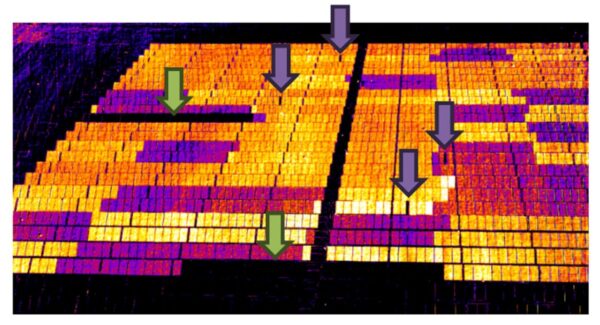
Image: University of New South Wales
Trupke said deployment of the technology has so far been limited to a handful of solar farms in Australia.
“What we did not necessarily anticipate with the results was the range of quality variations, and the module and system faults that we see in the images,” Trupke told pv magazine.
“Modules have a natural degradation, so they slowly reduce their performance over several years, and there are very specific performance warranties associated with this degradation.”
“So, after 25-years a panel must typically deliver 80% of its original output power, and that’s a very slow process of degrading, but some panels just simply degrade faster than they should, and that is pretty difficult to measure in the field,” he said.
Trupke added that accelerated panel degradation is not a fatal scenario but has financial implications for system owners given their return on investment is based on the electricity generated from panels, which is impacted by degradation.
“That’s exactly what we’ve seen that in some instances the degradation of certain panels is faster than it should be,” Trupke said.
Causes can vary from manufacturer and module type, plus the dynamic state of the photovoltaic industry also has a role, where solar cells and modules are being manufactured at a rapid pace, mostly in China.
“The Chinese companies are moving extremely quickly from one technology to the next. They’re now moving to so-called TOPCon cells and modules, which have higher performance, and all this is happening at a breathtaking pace, which is good for the overall industry and cost reductions but comes with inherent risk,” Trupke said.
“If you deploy billions of modules and manufacture them at low cost and very quickly then this of course risks something going wrong in the process such as the wrong materials being used or certain effects in terms of degradation being overlooked.”
Trupke said there can simply not be enough time to test the modules sufficiently well to make sure they can last 25 years in the field.
UNSW’s daytime photoluminescence imaging can capture these types of anomalies quickly and Trupke is actively moving toward commercialisation of the technology.
“DPL imaging for large scale solar farm inspection is under development at the moment. There’s still quite a bit of manual interaction involved right now, but we are working toward optimising the technology, including automated drone flights, image data upload to an image data analysis platform and fast generation of actionable reports,” Trupke said.
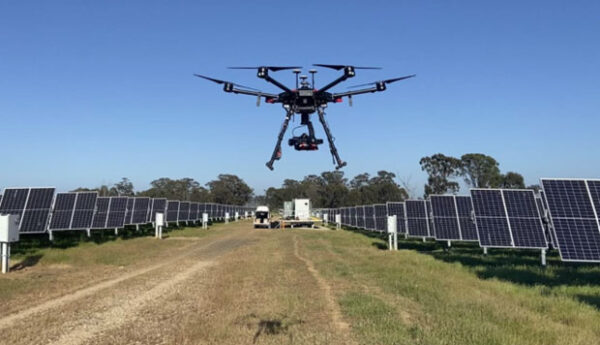
Image: University of New South Wales
This content is protected by copyright and may not be reused. If you want to cooperate with us and would like to reuse some of our content, please contact: editors@pv-magazine.com.
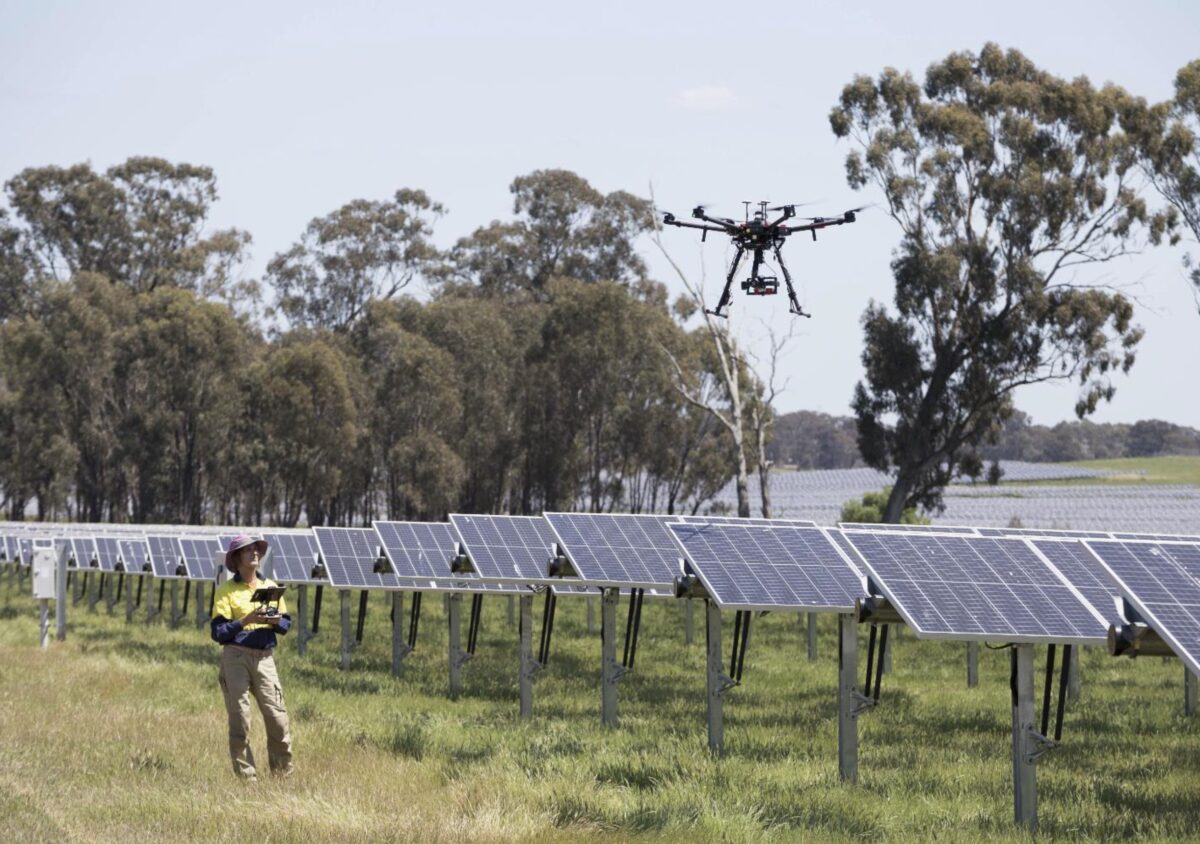
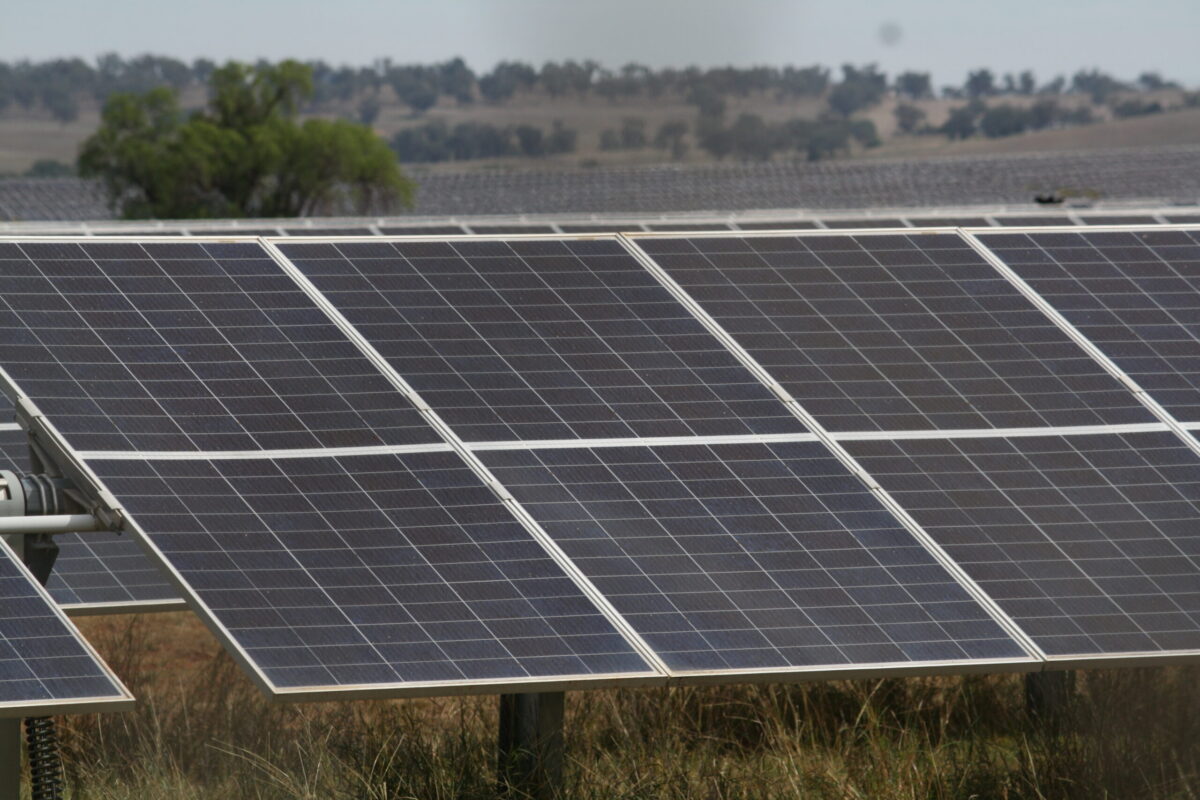

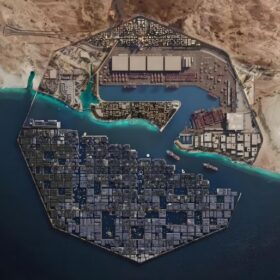
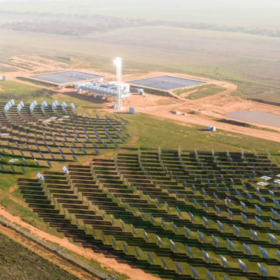
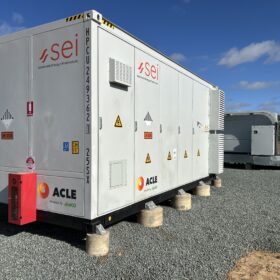
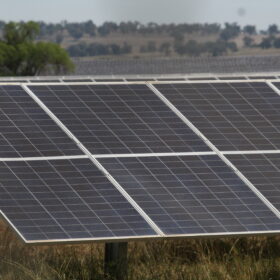
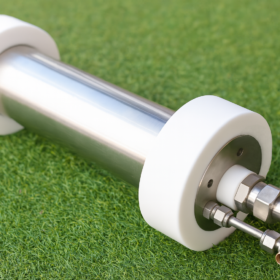
By submitting this form you agree to pv magazine using your data for the purposes of publishing your comment.
Your personal data will only be disclosed or otherwise transmitted to third parties for the purposes of spam filtering or if this is necessary for technical maintenance of the website. Any other transfer to third parties will not take place unless this is justified on the basis of applicable data protection regulations or if pv magazine is legally obliged to do so.
You may revoke this consent at any time with effect for the future, in which case your personal data will be deleted immediately. Otherwise, your data will be deleted if pv magazine has processed your request or the purpose of data storage is fulfilled.
Further information on data privacy can be found in our Data Protection Policy.